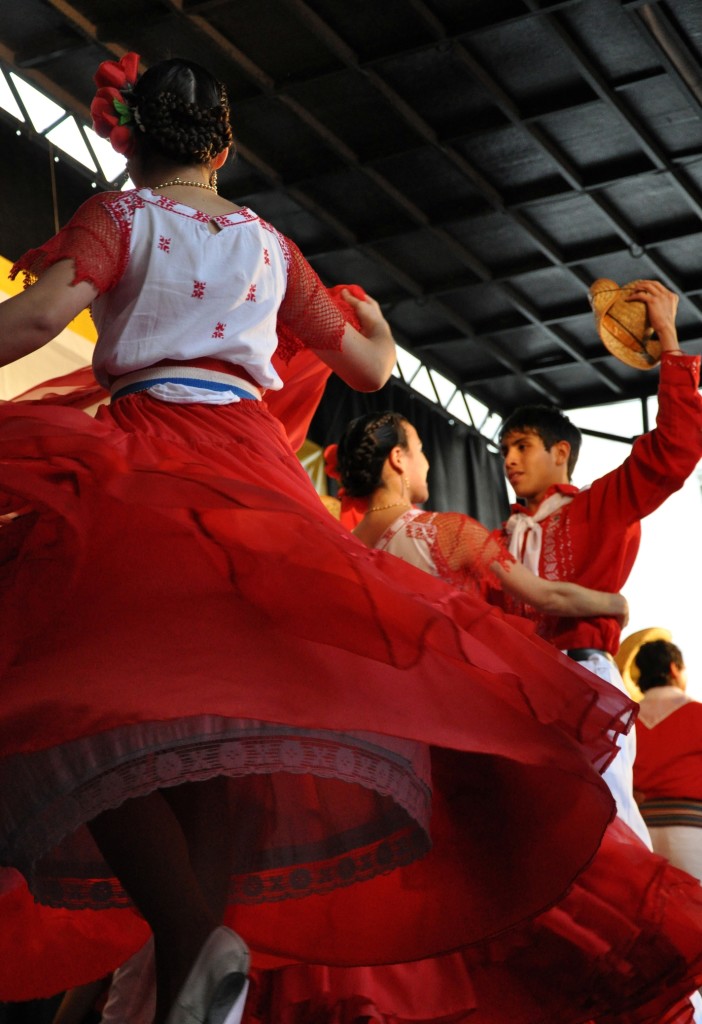“Christmas” is an Old English word, constructed from the combination of two words, namely “Christ” and “Mass”. The first recorded Old English version of the phrase, “Crīstesmæsse,” dates back to 1038, but by the Middle Ages the term had already morphed into “Cristemasse;” a slightly more modern version of the phrase.
The origins
The two separate parts of the word can be traced back to Greek, Hebrew and Latin origins. “Christ” comes from the Greek word “Khrīstos” (Χριστός) or “Crīst,” and there’s a lot of evidence to suggest that the Hebrew word “Māšîaḥ” (מָשִׁיחַ) or “Messiah,” which actually means “anointed,” has also played a considerable role in the construction of the first part of the word “Christmas.” The second part most probably comes from the Latin word, “Missa,” which refers directly to the celebration of the Eucharist.
It is also believed that “Christenmas” is an archaic version of the word “Christmas,” whose origins can be attributed to the Middle English phrase, “Cristenmasse,” which when literally translated becomes, “Christian Mass.”
Christmas… the international holiday
Even though “Christian Mass” or “Christ’s Mass” refers to the annual Christian commemoration of the birth Jesus Christ, “Christmas” is an international holiday which, throughout the ages, has been celebrated by non-Christian communities and been referred to via a variety of different names, including the following:
- Nātiuiteð (nātīvitās in Latin) or “Nativity” means “birth” and has often been used as an alternative to the word “Christmas”
- The Old English word, Gēola, or “Yule” corresponds to the period of time between December and January and eventually became associated with the Christian festival of “Christmas”
- “Noel” is an English word which became popular during late 14th century and which is derived from the Old French term “Noël” or “Naël,” literally translating to “the day of birth”
“Xmas”… modern or ancient?
It’s also worth noting that, even though most people tend to view the abbreviation “Xmas” as a modern bastardisation of the word “Christmas,” “Xmas” is an ancient term and not a grammatically-incorrect modern construction. “X” was regularly used to represent the Greek symbol “chi,” (the first letter of the word “Christ”) and was very popular during Roman Times.








 Photo: Exequiela Goldini
Photo: Exequiela Goldini




